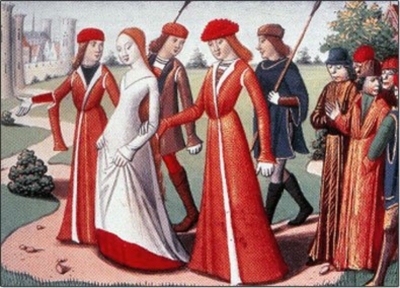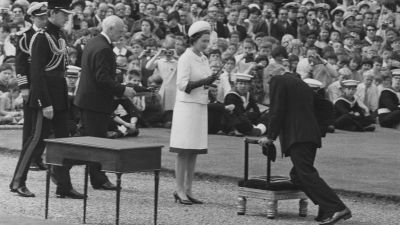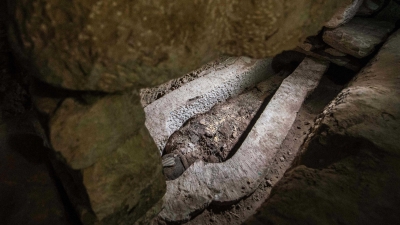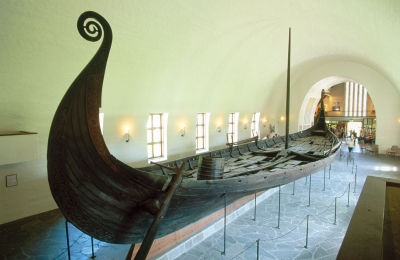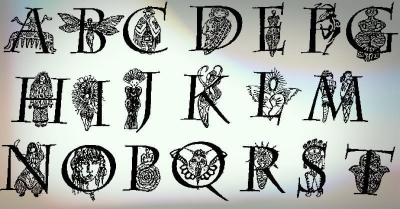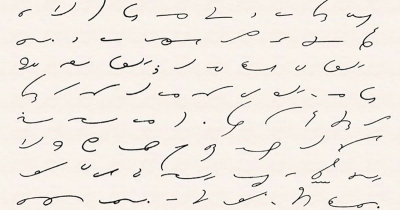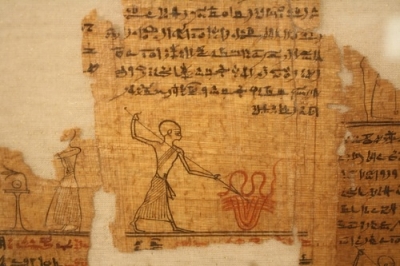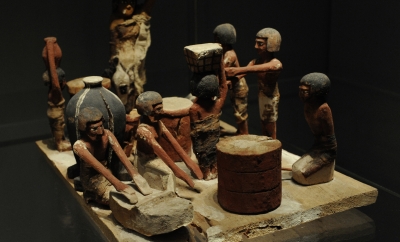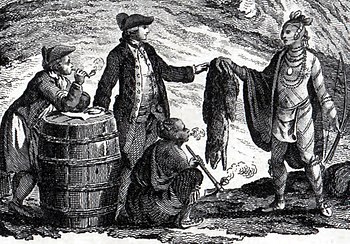How the Etruscans practised their religion?
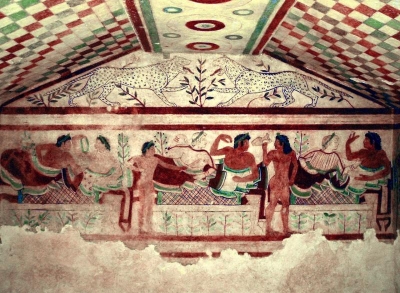
The Etruscans were a very religious people. Their chief gods were Tinia, Uni, Minrva, the trio worshipped by the ancient Romans later under the names of Jove, Juno and Minerva. Only some of the Etruscan gods had the power to launch thunderbolts. Tinia was one of the more powerful of the divinities.
Religious ceremonies were conducted by priests who formed a very powerful class in Etruscan society. These priests were the only persons permitted to divine or guess the will of the gods and to tell the future. They did this in various ways: by bird watching; by observing lightening and other weather phenomena; and the ebbing and flowing of streams.
Of all the entrails the liver was studied with the greatest care. A bronze model of a liver found at the city of Piacenza is divided into forty-five areas, each with the name of a presiding deity written in it. The priests who studied birds traced the will of the gods from the way birds flew, cried and ate. The signs seen by these priests were known as auguries which could be either good or bad.
The Etruscan religion comprised a complicated set of beliefs and ceremonies for every act in public life. The laws relating to the foundation of a city were particularly strict.
The Etruscan believed, especially in their early days, that when they died they passed on to another life similar to the one in this world. They provided the dead with many objects of everyday life and the statues on their tombs depict people sitting at table with guests or playing music, singing or even hunting.
Picture Credit : Google
